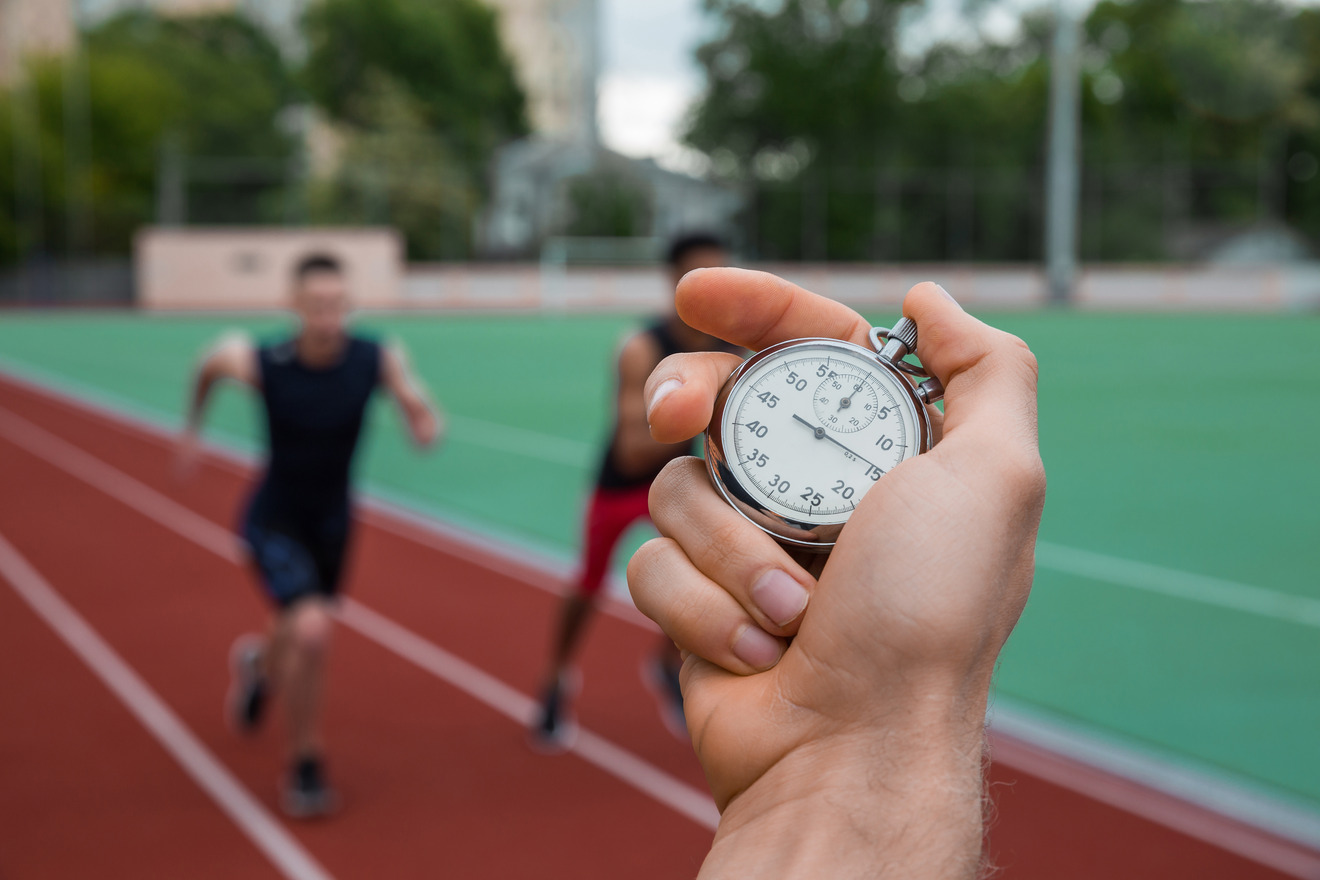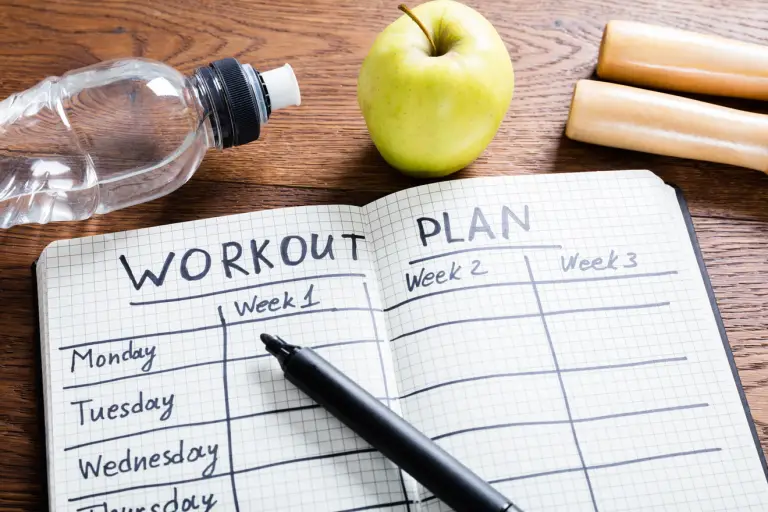Self-assessment for fitness
Key takeaways
- There are many ways to track your progress: physical metrics, subjective measures, visual and functional evaluations, and technology.
- Using a mix of these techniques can help you assess your training routine and make the necessary adjustments to make it more effective.
How to track your progress effectively
Tracking your fitness progress is essential for maintaining motivation, ensuring continuous improvement, and identifying areas that need adjustment. While many rely solely on external validation such as scales or gym equipment metrics, the most effective self-assessment incorporates multiple methods that reflect both physical and mental progress. By learning how to assess yourself accurately, you can fine-tune your approach and optimize results.
The importance of self-assessment in fitness
Self-assessment provides critical feedback on the effectiveness of your workouts, nutrition, and recovery strategies. It moves beyond mere numbers on a scale or arbitrary gym statistics, offering a more holistic view of your fitness journey.
Without regular evaluation, it’s easy to fall into the trap of stagnation. Fitness plateaus occur when your body adapts to repetitive stimuli, and progress slows. By assessing your performance, strength, and endurance, you can identify when to change variables like intensity, volume, or even workout styles.
Moreover, self-assessment keeps you engaged mentally. Seeing tangible progress reinforces your dedication and boosts confidence. For those who find it difficult to stay motivated, self-assessment can provide the validation needed to push forward.
Using physical metrics to track progress
Physical progress can be measured in several ways, beyond the standard scale readings:
1. Body composition measurements
Tracking body fat percentage, lean muscle mass, and measurements of key areas like the waist, hips, and chest provides more insight than weight alone. You can use tools like calipers, bioelectrical impedance devices, or even professional DEXA scans for accuracy.
2. Strength and performance gains
Recording how much weight you lift, how many reps you complete, or how fast you run a set distance are key indicators of progress. Keep a detailed training journal to track improvements over time. Are your lifts heavier or your runs faster? These are signs that your fitness is advancing.
3. Endurance and flexibility tests
Testing cardiovascular endurance through metrics like VO2 max or performing set distance/time tests such as a mile run can help gauge stamina. Flexibility can be evaluated by monitoring how deep you can stretch or how far you can reach during exercises like toe touches or yoga poses.
Subjective measures
Fitness isn’t just about physical changes; how you feel emotionally and mentally is equally important.
1. Energy levels and mood
Keep track of your daily energy levels and mood patterns. Are you feeling more energized throughout the day or less fatigued after workouts? Elevated energy and a positive mood can indicate that your program is supporting your overall well-being.
2. Sleep quality
Improved sleep is often a sign that your fitness routine is balanced. If you find yourself falling asleep faster and waking up refreshed, your body is likely responding well to the training regimen.
3. Recovery and soreness
Notice how long it takes you to recover from workouts. If you’re consistently sore and fatigued, you might be overtraining. If recovery improves over time, it suggests that your fitness level is rising, and your body is adapting effectively.
Visual and functional evaluations
Sometimes, seeing is believing, and visual cues can be powerful motivators.
1. Progress photos
Take photos at regular intervals, ideally under the same conditions (lighting, time of day, clothing). Comparing images every few weeks can provide a clear picture of how your body is changing.
2. Functional performance
Can you lift household items more easily or carry groceries without fatigue? Functional fitness improvements in daily life activities are strong indicators of progress.
Utilizing technology for self-assessment
Technology offers tools that make self-assessment easier and more accurate.
1. Fitness trackers and smartwatches
Devices like Fitbit, Garmin, or Apple Watch track steps, heart rate, sleep, and even workout intensity. Use these to gain insight into your overall activity levels and cardiovascular health.
2. Apps for progress tracking
If you’re wondering what apps are best to pair with your fitness routine, consider apps like Caliber or Hoola. Some examples of apps that provide detailed progress report are MyFitnessPal is good for nutrition, Strava for cardio, and Strong for weightlifting. These tools help track daily habits and aggregate data over time, offering valuable insights into trends.
3. Wearable recovery tools
Devices like WHOOP or Oura Ring monitor recovery metrics such as heart rate variability (HRV), sleep patterns, and resting heart rate. Tracking these indicators can help optimize training intensity based on how well your body is recovering.
Adjusting based on self-assessment
Once you’ve gathered data from various self-assessment methods, it’s essential to adjust your fitness routine accordingly. If strength or endurance stops improving, consider altering workout intensity, volume, or exercise selection. Persistent fatigue or soreness may indicate the need for more rest days or a reduction in workout intensity. If body composition changes aren’t occurring as expected, evaluate your nutrition plan. Are you consuming enough protein? Are your calorie goals aligned with your fitness objectives?
Maintaining consistency and patience
Consistency is the foundation of effective self-assessment. It’s essential to conduct evaluations at regular intervals, whether weekly, biweekly, or monthly. Remember that progress is often slow and incremental. Celebrating small wins, like shaving a few seconds off your mile or lifting slightly heavier weights, is just as important as larger milestones.
Optimize your training routine with self-assessment
Self-assessment is a powerful tool for tracking your fitness progress and optimizing your training routine. By combining physical measurements, subjective evaluations, and technological tools, you can gain a comprehensive understanding of your development. Adjust your approach based on these insights to ensure continuous improvement. Remember, fitness is a journey that requires patience, dedication, and regular self-reflection.
Written with the assistance of AI. Reviewed and edited by Marielle Livelo.







